You're building your Deck and you feel like something is missing. The Deck is below 40 cards as it stands and you need more. You have the core cards of your strategy and all the staples you need. What else could you even add? Upstart Goblin is at one, so you don't get many free spots. That is where an engine can come into play.
An engine in Yu-Gi-Oh is a series of cards that work well together, but there aren't enough to make a full Deck. As a result, you put the "engine" into another Deck to hopefully add something the Deck previously lacked.
Today, I would like to go over the classic engines in Yu-Gi-Oh and discuss their power level in multiple Decks. A good engine is one that doesn't feel like you're making your Deck worse off by having it. The best engines have done this within multiple Decks either in the same format or within the entire history of the game. This will be separated into parts so it doesn't get overwhelming, with a proper conclusion in the last part.
Zoodiac Engine
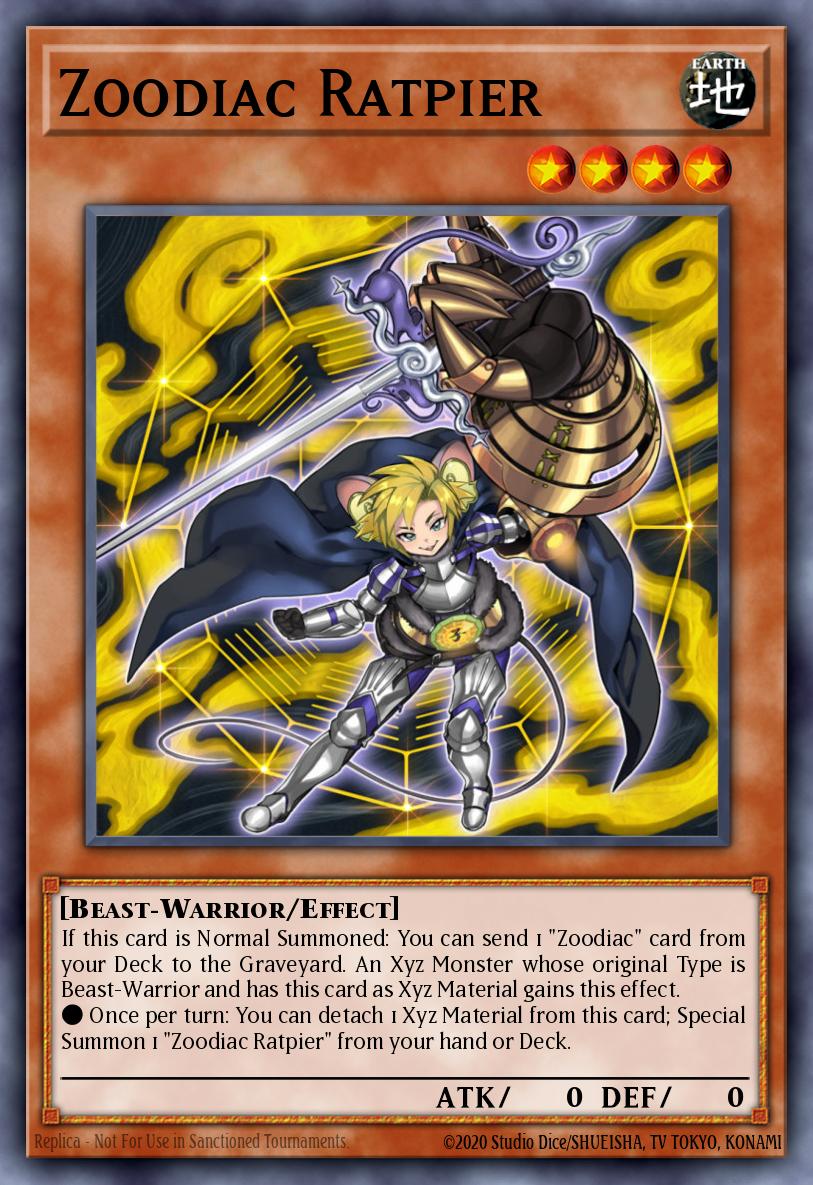
Probably the strongest engine in this game's history, the Zoodiac Engine added much consistency to any Deck while also providing disruption. Zoodiac Ratpier gave all the archetypal Xyzs the ability to detach a material to summon another Ratpier from the Deck. This was easy to get off considering any Zoodiac Xyz could be summoned using any one Zoodiac as material. It didn't even have to be an Xyz. Just Normal Summon a Zoodiac Ratpier and summon all your Xyzs. You had Zoodiac Broadbull as your Beast-Warrior search, Chakanine for play extension, and Drident for disruption.
All of the Xyz stuff could be accessed off any Zoodiac monster, which all could be summoned with Zoodiac Barrage. That and Fire Formation - Tenki searched every Zoo monster. Ratpier helped end on Drident and Daigusto Emeral with great ease, adding consistency to any Deck. Not to mention the powerful Fusion Substitute combo as well.
Fusion Substitute Engine
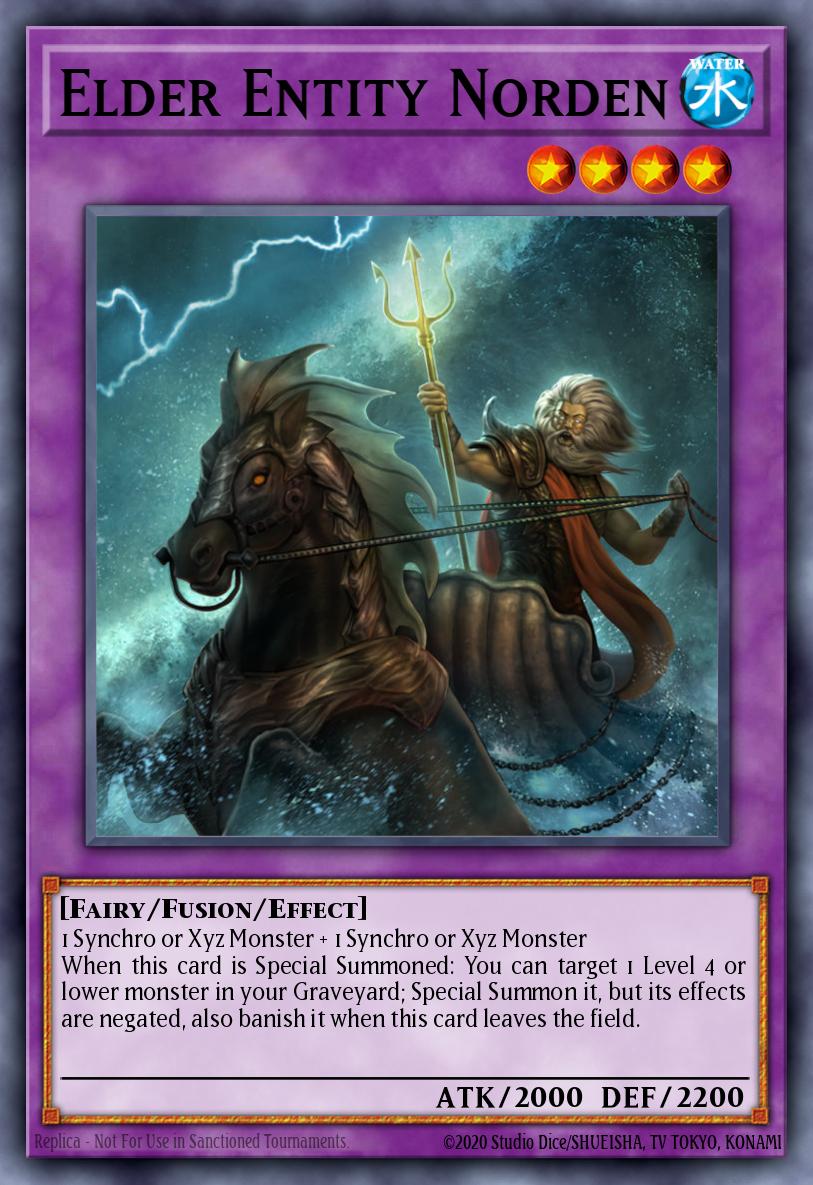
This was easily one of the most powerful combos in the game's history. You just needed to get two Xyzs on the field, which was easy with the release of Chakanine. Broadbull also searched for your Lunalight Black Sheep, who could search for Fusion Substitute since it was always treated as Polymerization. You just climbed into Chakanine, revive an Xyz, and go into Elder Entity Norden for an Emeral or another Zoodiac. This alongside Ratpier also kept the Zoodiac climbing going while using Emeral to recycle. If you didn't need recycling, mostly cause you had Zoodiac Combo, you had other options like Abyss Dweller or Tornado Dragon.
What made all this better was that you could recycle your 1-of Norden with Fusion Sub, since it could banish itself to return a Fusion to the Extra Deck. This also came with a draw, meaning you had more consistency. Having Instant Fusion also lets you keep reusing Norden. This combo was eventually gone with Norden's ban, but Zoodiacs went on longer.
Options for Days
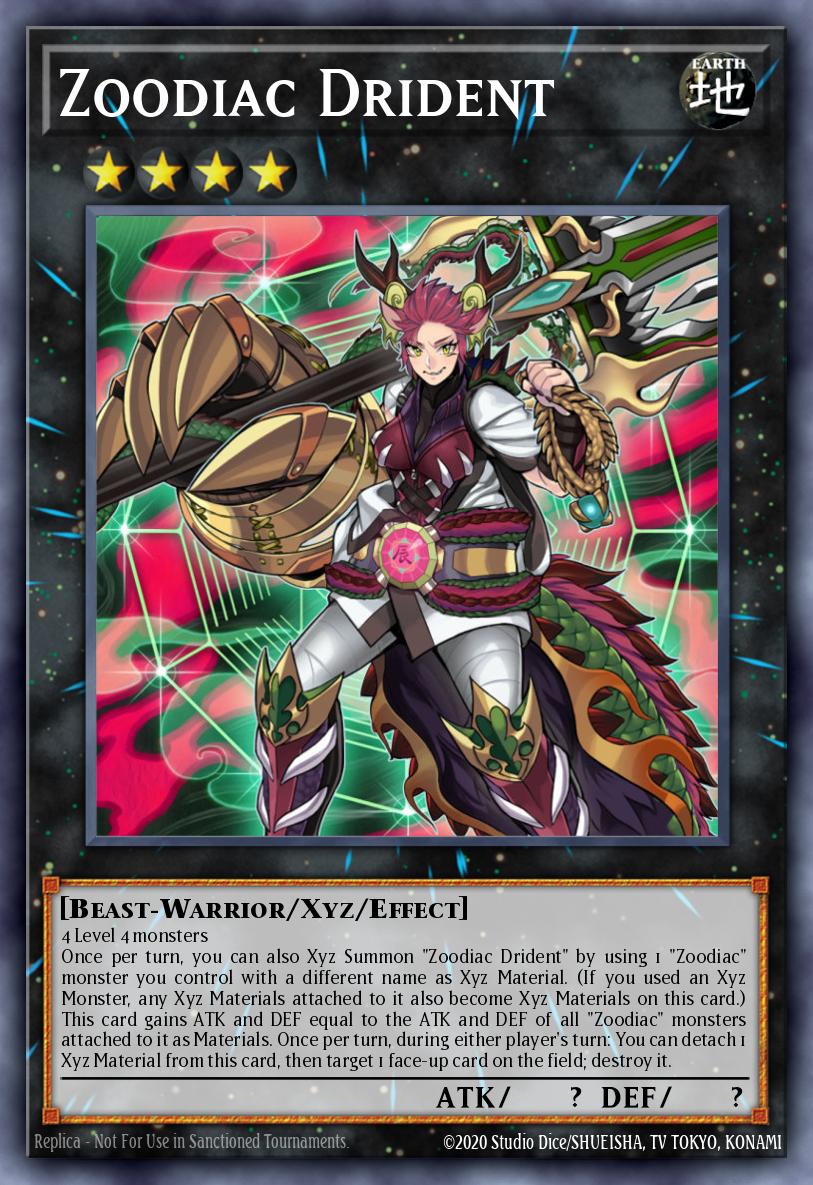
You had so many Zoodiac options, with or without the Fusion Substitute combo. Metalfoes Zoo had synergy to pop Baobaboon with any scale to get 2 more to go into M-X-Saber Invoker. True Draco Zoo had the Zoo monsters to help Tribute Summon a Master Peace with a Monster that wasn't your True Dracos. This was also with a Drident for two pops instead of one. Then there were Decks using Zoo just for consistency like Infernoid Zoo, especially since Infernoids just got Void Feast and That Grass Looks Greener. Zoo was a massive consistency boost until its very end.
The End of an Era
After many indirect hits to Norden and Speedroid Terrortop, it was time for Zoo to go. Semi-limiting Raptier wasn't enough when the archetype was new. The OCG taught us that limiting Ratpier alongside banning Drident and Barrage wouldn't do the trick. If that happened, we would have just got stun Zoodiac in our format. Instead, the TCG ended Zoodiac by banning Broadbull and Drident, and then limiting Ratpier. This way Zoo had little consistency to make a stun variant work, while killing the engine at the same time.
Kaiju Engine
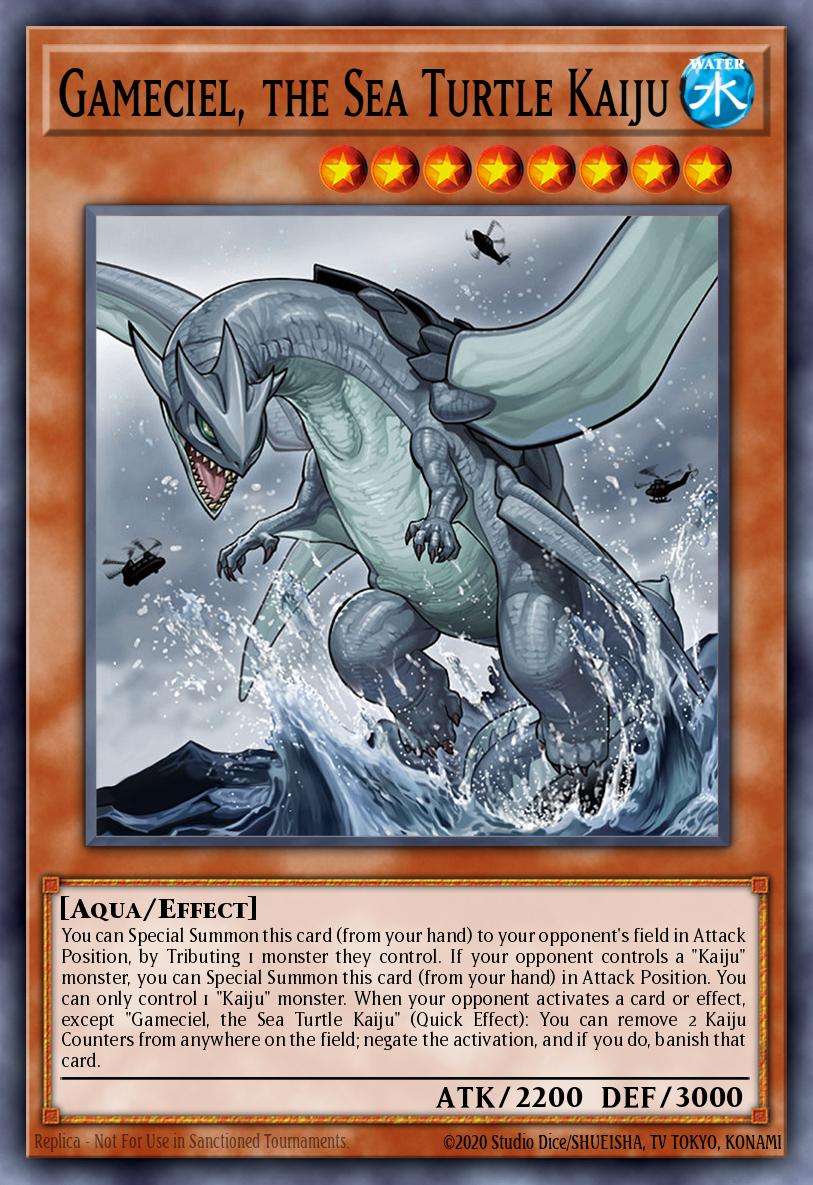
Around 2015, boss monsters were getting hard to out. You had untargetable floaters like Kozmo Dark Destroyer and unkillable machines like Apoqliphort Towers. The only out was for a Rank 4 Deck to summon Number S39: Utopia the Lightning really. That is where Kaijus really helped save the format.
Over time, people understood the lack of any real restrictions on the Kaijus. They still let you Normal Summon, unlike Lava Golem, and they had no real negatives. They were big bodies you could give to your opponent while tributing their monsters, and then you could summon a potentially bigger one. The most popular Kaiju was Gameciel, as it was the smallest Kaiju. You had versatile options that could have helped your Deck if you didn't care about the smallest. Popular Kaijus included Dogoran, Kumongous, Thunder King, and Jizukiru.
Interrupted Kaiju Slumber Engine

After Breakers of Shadow, the Kaiju engine got much better with Interrupted Kaiju Slumber. Kaiju Slumber acted as a Dark Hole that gave both players a Kaiju, with you likely taking the stronger one. Not only that, but Slumber could also be banished to search a Kaiju later on. This inspired players to play multiple different Kaijus with three Slumber to help out many boss monsters. You typically saw four unique Kaijus with the Slumbers, but more or less was an option. This engine was less potent with the limitation of Slumber, but it later came to three, and Kaijus have still always been a good out to boss monsters.
Symphonic Warrior Engine
Here we have a fairly versatile engine that goes under the radar from time to time. The Symphonic Warrior engine helps give versatility with either Tuners or getting an extra Normal Summon. This all comes off Symphonic Warrior Guitaar's discard effect in the Pendulum Scale to summon any Symphonic Warrior from Deck. The most common option to summon from Deck was Symphonic Warrior Miccs to allow an additional Normal Summon on top of being a Level 5 Machine for Nova into Infinity.
Symphonic Synchros

You got extra options as well. Symphonic Warrior Basses can be a Level 1 Tuner. A Level 2 Tuner is there as well with Symphonic Warrior Drumss. Finally, you got the Level 3 Tuner in Symphonic Warrior Piaano. Each adds extra synergy with each other as Basses can change Levels of the archetypal monsters. Drumss and Piaano do adjusting as well with Attributes and Types respectively. All of this is done by banishing the respective Symphonic Warrior from grave.
This is also a searchable engine since Symphonic Warrior Synthess is a FLIP to search any Symphonic Warrior. The engine serves many different options and is a little underrated.
Brillant Fusion
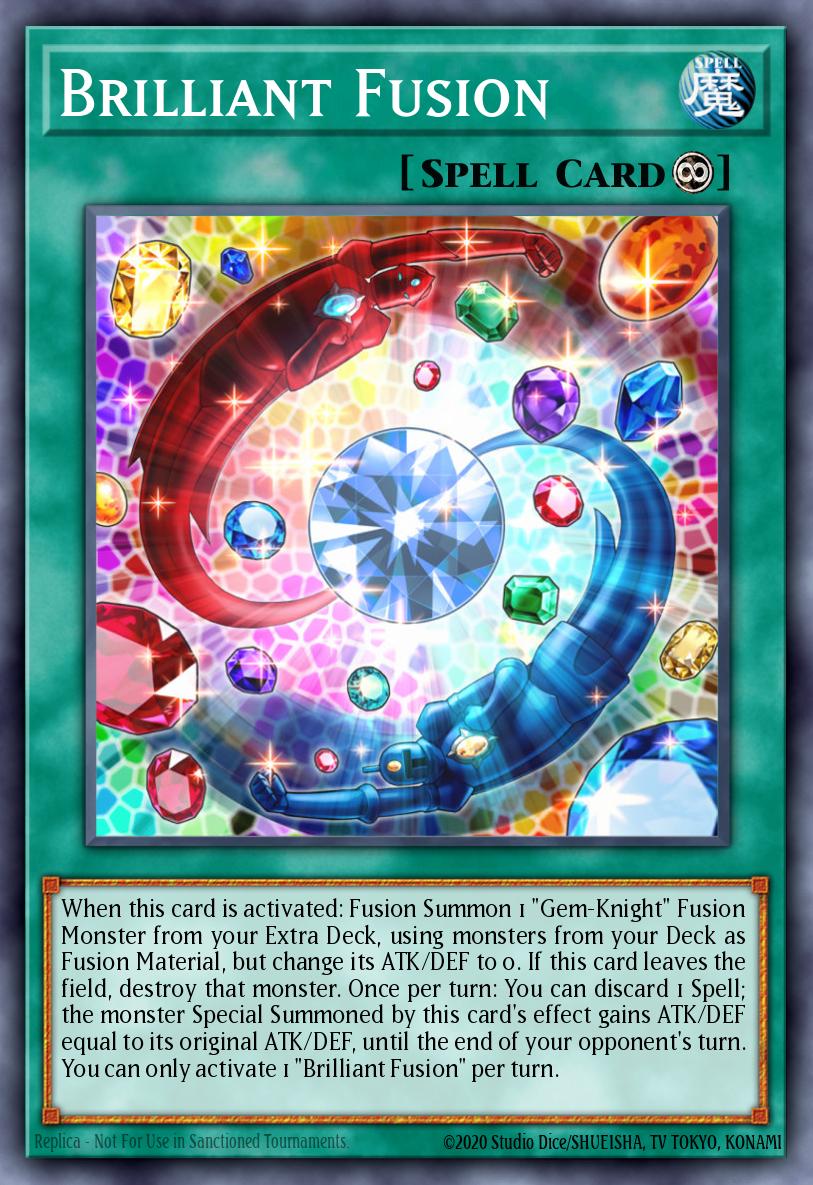
From one Normal Summon engine to another, we got Brillant Fusion. It wasn't meant to be, though, since it was a card for Gem-Knights. Instead you had players running a Gem-Knight of choice with a LIGHT for Gem-Knight Seraphinite. Seraphinite as a result added an additional Normal Summon just for controlling it. The only downside was the brick you played. The LIGHT monster wasn't as likely to be a brick, but the same isn't said for the Gem-Knight. Gem-Knight Garnet was most common since it had the highest ATK on a Level 4. Drawing your Garnet was bad since you had to use materials from Deck for the Fusion.
The payoff was worth the risk, considering how good an extra Normal Summon is. Many Decks would strive to have their own ways to get more Normal Summons. This is due to so many effects triggering on Normal Summon to get plays going. Having two of these Normal Summons can really get plays going for strong end boards. This can add with you potentially sending Performage Trick Clown to revive for another body.
Extra Variety

The extra Normal Summon wasn't the only use for this engine. It could also give good graveyard setup. Rock Decks could get something like Sentry Soldier of Stone or Block Dragon in grave with Gem-Knight Zirconia. In some cases, Rocks used Gem-Knight Lapis or Gem-Knight Obsidian since most good Rock Decks used Level 3s since Gorgonic Guardian existed.
Thunder Dragons also made good use of this engine. They could send a Gem-Knight Amber alongside a Thunder Dragon to summon Gem-Knight Prismaura. Amber while set could help summon Thunder Dragon Colossus since it was a Thunder, so synergy was there. You also had synergy with Prismaura being Thunder for Thunder Dragon Titan. It was a fairly strong engine to have in Thunder Dragon, on top of using it for Fairy Tail - Snow for Seraphinite as well. Thunder Dragons proved the potential of Brilliant Fusion to later help get it Limited and later Banned.
Predaplant Engine
The Brilliant Fusion was so potent since it was also searchable. Predaplant Ophrys Scorpio was to thank for that. At the discard of a monster, Scorpio could summon Predaplant Darlingtonia Cobra directly from Deck, who then triggered to search any Spell with Fusion or Polymerization in name. You had great options like Brilliant Fusion and Instant Fusion being the most popular. You could later add on something like Super Polymerization once the TCG unbanned it. It was a simple, yet effective engine to help play with Fusion Monsters with ease.
Galaxy Soldier Engine
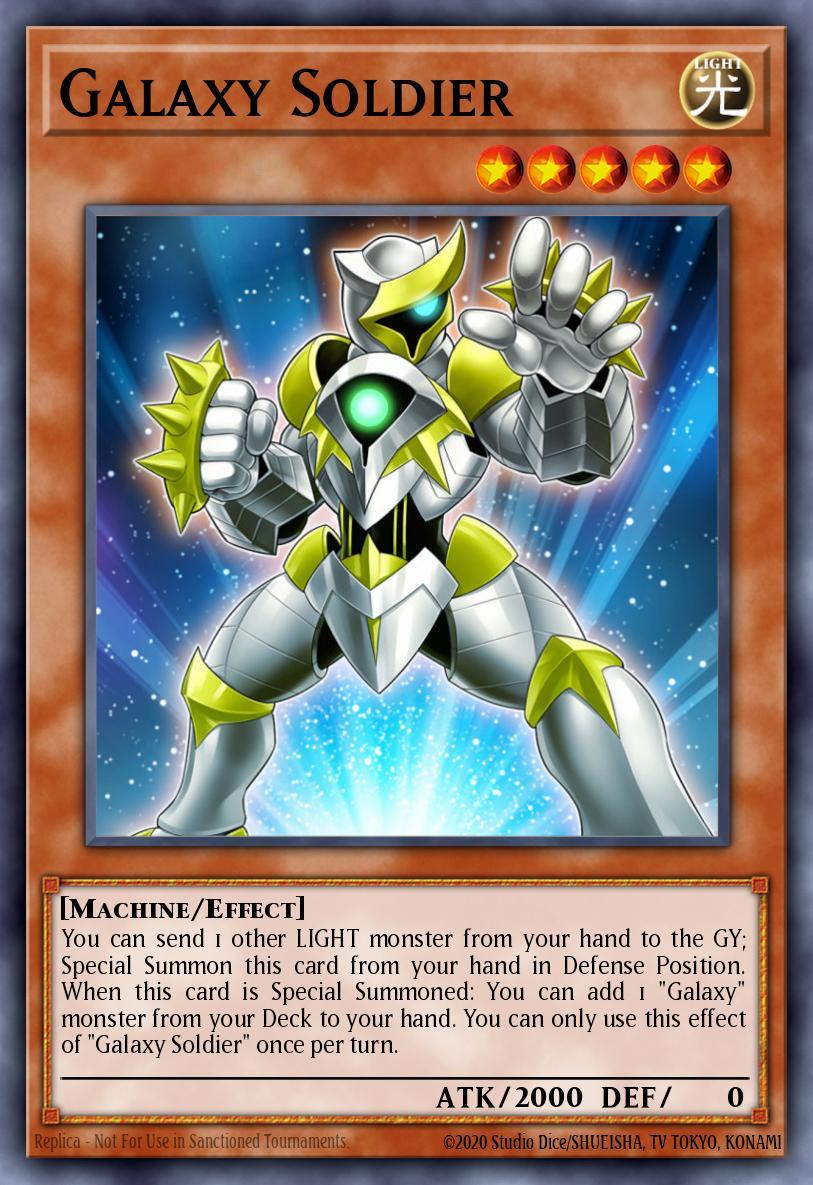
Another super simple engine, Galaxy Solider served one purpose. Discarding any LIGHT summoned Galaxy Soldier to field with its effect. On Special Summon via any means let you search a Galaxy monster. This was most commonly another Galaxy Solider to discard a LIGHT to summon it. You couldn't get a search twice, but you could use the two Galaxy Soliders for Xyz plays. You could do Cyber Dragon Nova into Infinity for negation or Constellar Pleiades for bouncing on either turn.
LIGHT Machine Decks like ABC could also tech Transmodify to summon Galaxy Solider from Deck while getting an ABC effect. It was most potent in ABC to help summon ABC-Dragon Buster on top of your Xyz. Cyber Dragons love this as well to get to the Infinity and synergize well with the Level 5 Cyber Dragon. Of course it works in Galaxy/Photon as well. It's a simple, potent engine for an easy Rank 5.
Supreme King Dragon Darkwurm
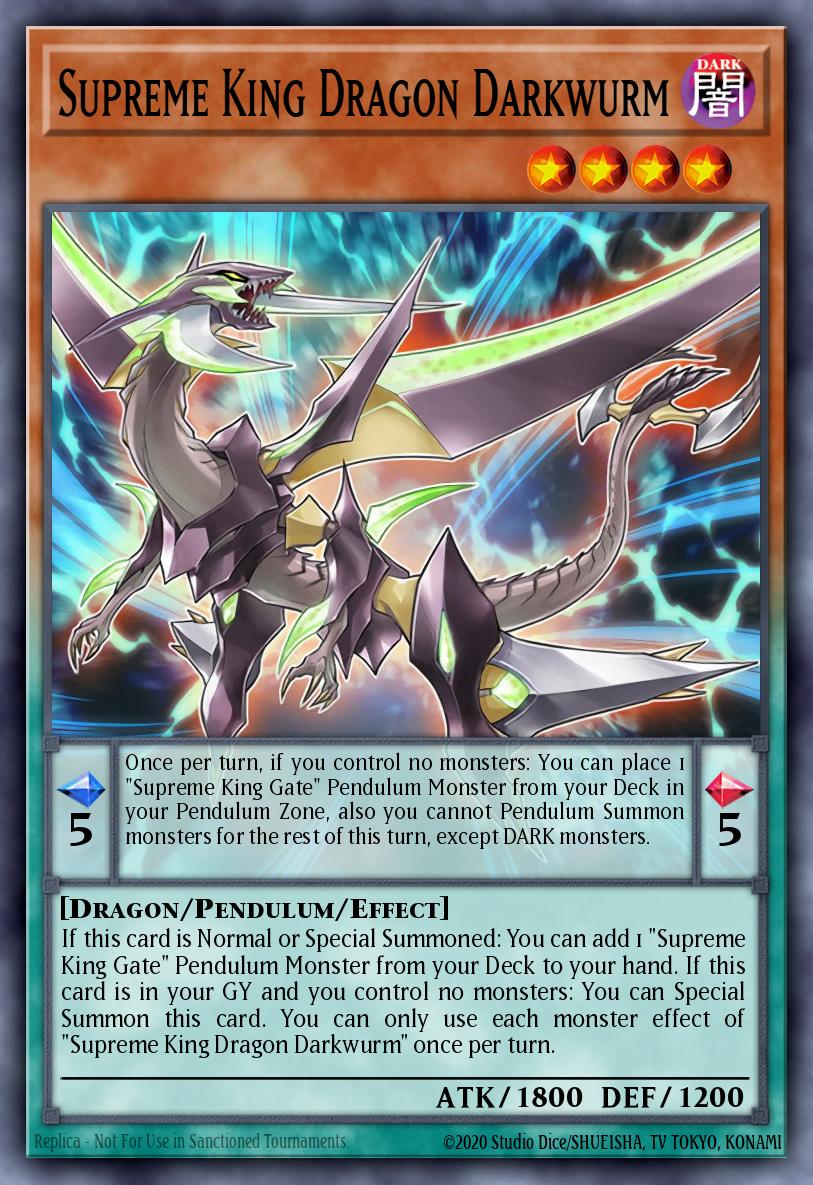
Next up is one of few Pendulum engines in this game's history, while also being a Dragon engine. Supreme King Dragon Darkwurm helps both strategies by being a Pendulum and a Dragon. Darkwurm was able to send cards like Dragon Ravine and Dragon Shrine alongside Foolish Burial for its revival effect. On its summon, you mostly searched Supreme King Gate Zero just for another card.
Pendulum Synergy
In Pendulums, Darkwurm helped by giving a material for Heavymetalfoes Electrumite. On top of that, the searched Gate Zero helped as well. You could put it in the Scale to pop with Electrumite to get a better Pendulum from the Extra Deck alongside a draw. Another use for it was being Level 7 to Xyz Summon an Odd-Eyes Absolute Dragon. You could use your Absolute Dragon and Electrumite then to summon Zefra Metaltron or Decode Talker. This triggered Absolute Dragon to summon an Odd-Eyes Vortex Dragon for free negation in Pendulum Decks. It was potent in Pendulums, even with an Electrumite ban.
Dragon Synergy
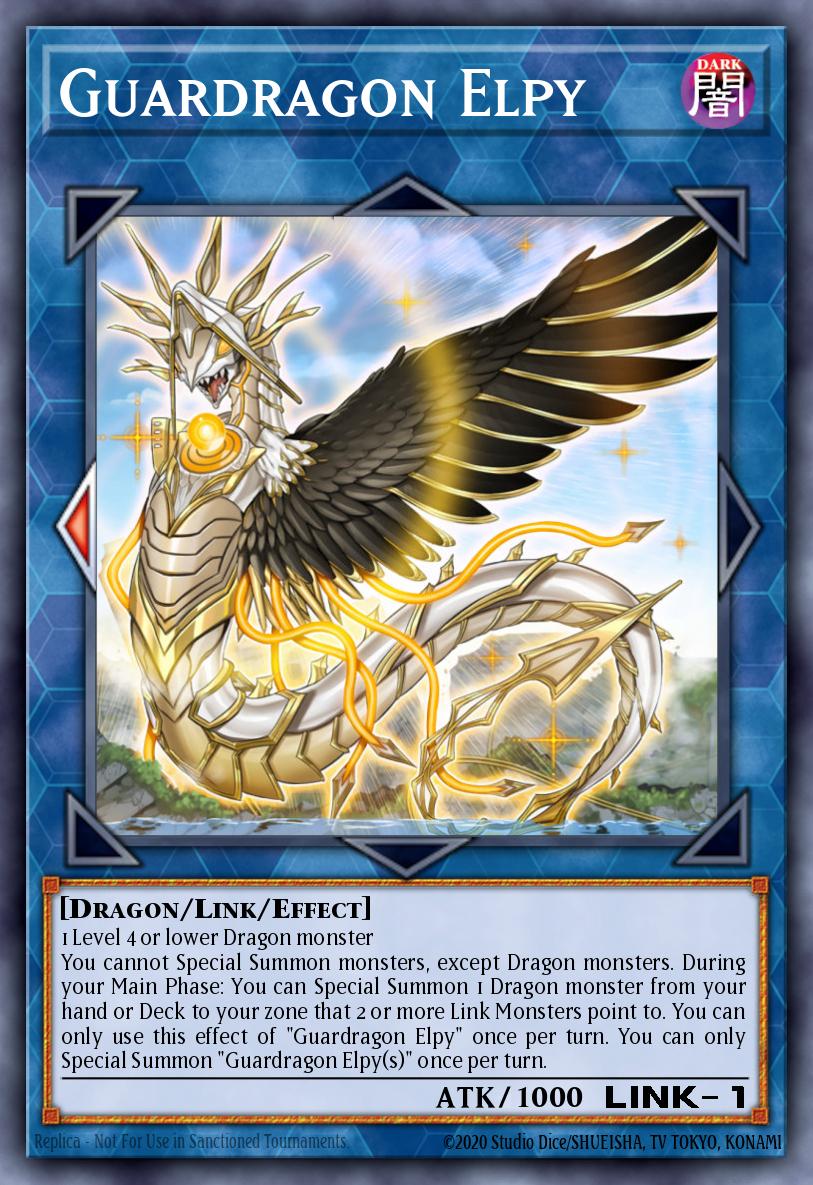
Here is where Darkwurm being a Dragon really mattered. The search of your Gate Zero here was for discard fodder. Darkwurm worked with the previously mentioned Dragon Shrine and Ravine. The bonus was that they fit in with Dragons very well whether you had Darkwurm or not. Darkwurm being Level 4 meant accessing Guardragon Elpy and Guardragon Pisty. This could help begin Dragon combos, especially with Guardragon Agarpain when it was legal. This engine is still potent for Dragons, even without Agarpain.
Zombie Engine
We talked about one Type-based engine, so let's discuss another. This time we have the Zombie Engine. We have two parts of this engine really. One around Synchros and the other around the Zombie World card.
Zombie Synchros

The first part involves Uni-Zombie. Uni-Zombie was a great Tuner for Zombies to change Levels while providing grave setup in Zombies. The best card was Mezuki to banish for a revival to get you a non-Tuner. It also helped you had Shiranui Solitare to summon Uni from Deck. This also put Soliatre in grave to revive with a Mezuki sent by Uni. Mezuki could revive the Solitare as well to help tune with a Level 4 Uni into PSY-Framelord Omega to loop Mezuki. You also could use this just to get two Zombies for Vampire Sucker as well.
Zombie World
The next section of the Zombie Engine works with the other cards, but it adds Zombie World as well. This could be activated from Deck with Necroworld Banshee, which could be sent off Uni-Zombie. Having Zombie World then helped use Doomking Balerdroch at max potential. Zombie World also added Super Polymerization synergy to summon Dragonecro Nethersoul Dragon. It was a very strong bit of this engine that added a lot to anything Zombie-based.
Spellbook Engine

This last engine for Part 2, while useful for anything technically, helped mostly Spellcasters. It added some strong draw power for popular Spellcaster themes. All you needed was Spellbook Magician of Prophecy, Spellbook of Secrets, and Spellbook of Knowledge. Knowledge was key for draw power, which was searchable off Secrets and Magician. They could also serve as the fodder for your Knowledge for a draw two. You also had Aleister the Invoker in Invoked, the Windwitches, and anything Dark Magician related if need be. It was a small engine for Spellcasters that added another level of consistency with the searches and draws.




